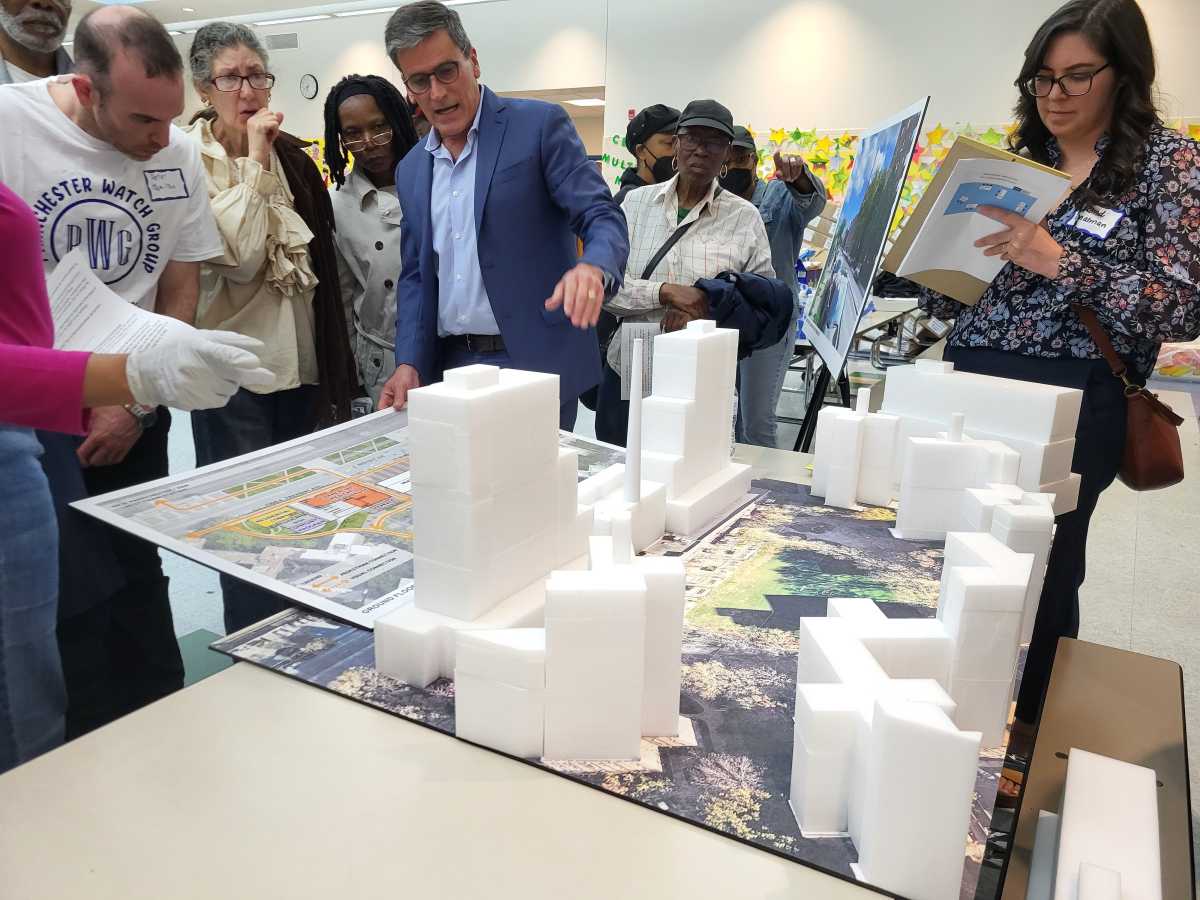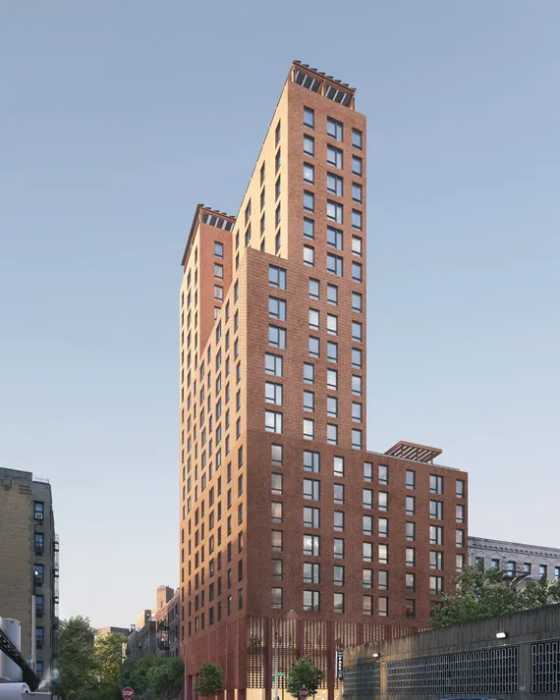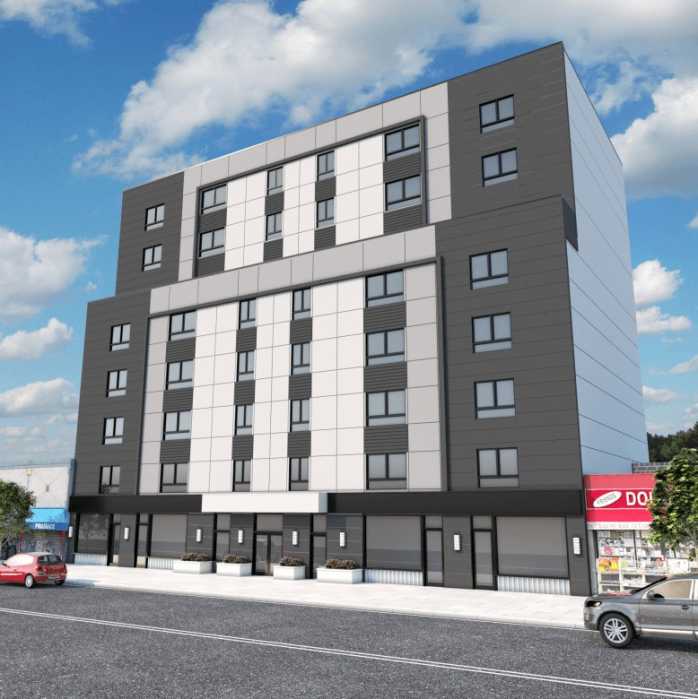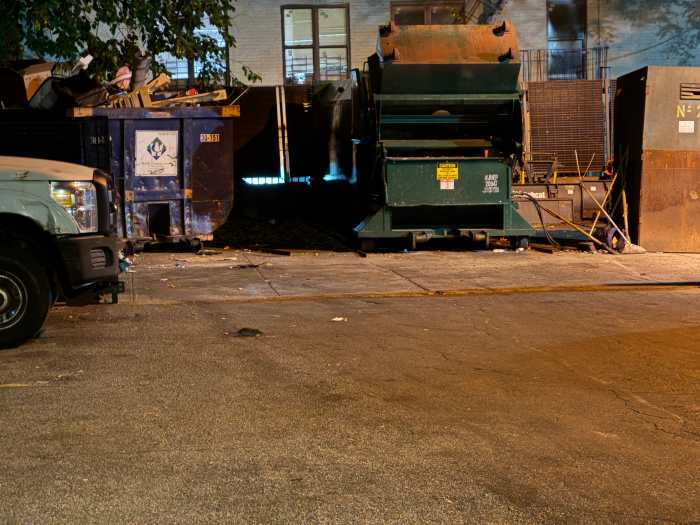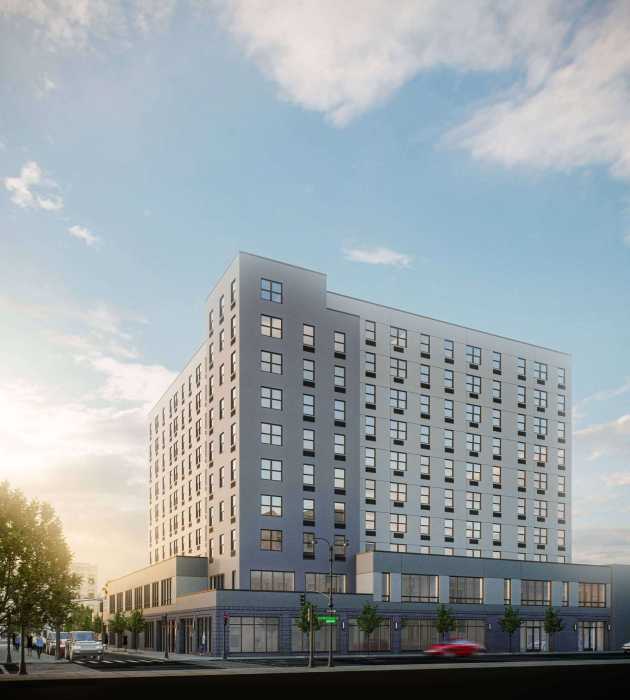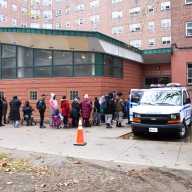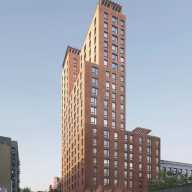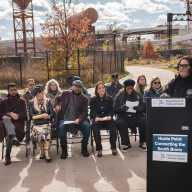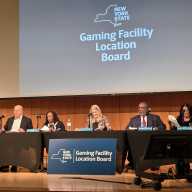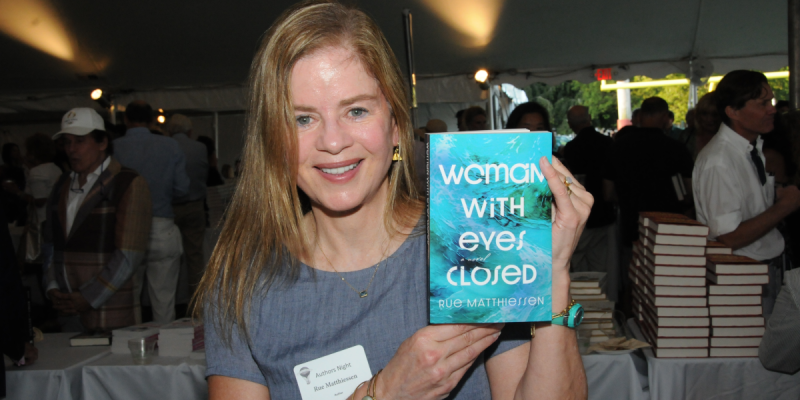The Bronx took significant strides toward shaping its future in 2024, as residents, community leaders and city planners collaborated on major projects set to redefine the borough for decades. Residents from neighborhoods all through the borough showed up to planning meetings and community listening sessions to advocate for their needs.
Metro-North expansion brings new stations and housing
In August, the city council unanimously approved the ambitious Bronx Metro-North project, which will add new stations in Hunts Point, Co-Op City, Morris Park, and Parkchester/Van Nest, cutting travel times to Midtown Manhattan by over an hour in some parts of the Bronx.
The project, which involved a rezoning, is set to create 7,000 new housing units, primarily concentrated around transit zones in Morris Park and Parkchester.
With $500 million secured for local infrastructure, the project includes upgrades such as road and street safety improvements, sewer and water line updates, and enhancements to outdoor and green spaces. Developed through months of community planning and feedback, the new stations are slated to open in 2027.
Bronx debates ‘City of Yes for Housing Opportunity’
Bronxites also weighed in on the City of Yes for Housing Opportunity, Mayor Eric Adams’ citywide rezoning amendment aimed at creating 80,000 new homes citywide over the next 15 years. The plan sparked debate over affordability incentives, Accessory Dwelling Units (ADUs), and parking mandates.
Even after seven out of 12 Bronx community boards voted against a preliminary plan, most Bronx City Council representatives championed the measure. Key changes, such as revisions to parking mandates and ADU regulations, helped secure broader support. Additionally, City Council Speaker Adrienne Adams secured $5 billion in funding for affordable housing projects and infrastructure upgrades.
The historic amendment passed a full council vote on Dec. 5, with strong support from Bronx representatives.
Amanda Farías (D-18), Kevin C. Riley (D-12), Pierina Ana Sanchez (D-14), Oswald Feliz (D-15), Althea Stevens (D-16), Rafael Salamanca Jr. (D-17), and Diana Ayala (D-8) all voted for the amendment. Meanwhile, Kristy Marmorato (D-13) and Eric Dinowitz (D-11) voted against it.
Sanchez emphasized that the zoning amendment was about more than politics.
“This isn’t about any one of us as individuals or even our own political calculus,” Sanchez said just prior to the vote. “It isn’t even about the community that we might represent. A ‘yes’ vote today is a vote for all New Yorkers.”
Bronx leads the way in housing production
While City of Yes seeks to add “a little more housing in every neighborhood,” data released in 2024 revealed stark differences in housing production across the city. The New York Housing Conference reported that the Bronx continues to bear a disproportionate burden, with District 17 — represented by Rafael Salamanca Jr. in the South Bronx — creating the most housing units citywide not just in 2023, but over the last decade.
Four of the top 10 districts producing the most housing over the past decade are located in the Bronx. The borough is also home to high concentrations of Section 8 voucher holders, with nearly 6,000 living in the Fordham-Bedford Park-Norwood neighborhoods and over 5,500 in Morris Heights-Mount Hope.
The City of Yes plan aims to address these disparities. However, a significant point of contention remains in lower-density neighborhoods, where residents question whether their communities have the infrastructure to accommodate an influx of thousands of new housing units.

